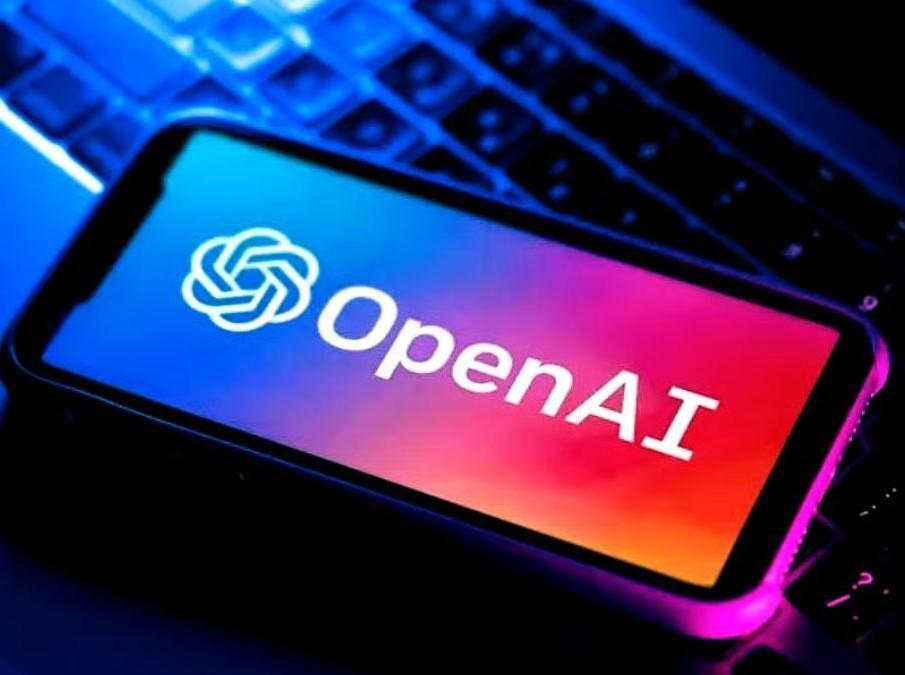
OpenAI Releases Downloadable AI Models for Public, Offline Use
In a groundbreaking move, OpenAI has released two AI models, gpt-oss-120b and gpt-oss-20b, for public use. For the first time since 2019, these models can be downloaded and run on personal computers, giving users complete control over the AI system. This development marks a significant shift in the AI landscape, as users no longer need to rely on internet access, expensive subscriptions, or permission from OpenAI to utilize these powerful AI tools.
The release of these models is a major milestone in the history of AI development. OpenAI, a non-profit research organization, has been at the forefront of AI innovation, and its efforts have led to numerous breakthroughs in the field. The organization’s previous releases of AI models, such as the popular language model, GPT-3, have been met with widespread acclaim and have revolutionized the way we interact with AI.
The newly released models, gpt-oss-120b and gpt-oss-20b, are based on the transformer architecture, which is a popular framework for natural language processing tasks. These models have been trained on massive datasets and can perform a wide range of tasks, including language translation, text summarization, and even generating human-like text.
The significance of this release cannot be overstated. For the first time, individuals and organizations can download and run these powerful AI models on their own computers, without needing to rely on cloud-based services or expensive infrastructure. This means that users can process data locally, without incurring the costs and risks associated with cloud-based services. Moreover, users have complete control over the AI system, allowing them to customize and modify the models to suit their specific needs.
The release of these models has far-reaching implications for various industries, including healthcare, education, and finance. For instance, healthcare professionals can use these models to analyze medical data, identify patterns, and make predictions. Educators can use these models to develop personalized learning tools, while financial institutions can use them to analyze market trends and make informed investment decisions.
The gpt-oss-120b model, in particular, is a significant release, as it is the largest AI model to be made publicly available. With over 120 billion parameters, this model is capable of performing complex tasks, such as generating human-like text, answering questions, and even creating original content. The gpt-oss-20b model, on the other hand, has 20 billion parameters and is designed for smaller-scale applications, making it more accessible to a wider range of users.
The release of these models is a testament to OpenAI’s commitment to making AI technology accessible to everyone. The organization’s CEO, Sam Altman, has stated that the goal of OpenAI is to “ensure that AI benefits all of humanity,” and this release is a significant step towards achieving that goal.
In conclusion, the release of gpt-oss-120b and gpt-oss-20b by OpenAI is a groundbreaking development that has the potential to revolutionize the way we interact with AI. For the first time, users have the ability to download and run powerful AI models on their own computers, without needing to rely on cloud-based services or expensive infrastructure. This development marks a significant shift in the AI landscape, and its implications are far-reaching and profound.






